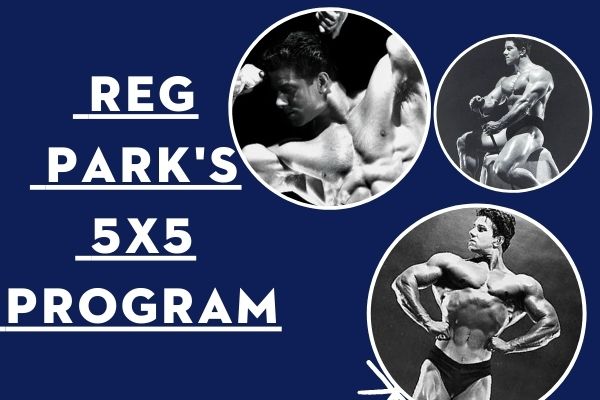Videos of lifters passing out/blacking out/fainting during heavy intense lifts like deadlifts and squats, are quite common on the social media. This phenomenon is often seen when a person is trying to push him/herself to a new limit, a new 1RM. This is also called “weightlifter’s blackout”.

For some people it’s unhealthy and dangerous, yet for others, it’s quite concerning and worrisome, and may instill a fear in their minds, specially youngsters, who then abstain from pushing themselves in the gym, and play extra safe, which greatly hampers their progress.
Syncope (pronounced “sin ko pea”) is the medical term used for fainting or passing out. It is the sudden loss of consciousness, associated with inability to maintain postural tone, characterized by rapid onset, short duration and followed by a spontaneous and complete recovery.
It is caused due to a temporary drop in the amount of blood flow to the brain, or the heart is unable to pump enough oxygen to the brain. And the lifter experiences this very condition, under heavy loads.
Syncope can happen if you have a sudden drop in blood pressure, a drop in heart rate, or changes in the amount of blood in areas of your body. If you pass out, you will likely become conscious and alert right away, but you may be feel confused for a bit.
- Acc. to a study, unlike the moderate blood pressure increase that occurs during aerobic exercise, arterial blood pressure is profoundly elevated during resistance exercise. Arterial blood pressure has been reported to reach 320/250 mmHg during maximal double-leg press, although the rise in pressure during submaximal resistance exercise does not approach these levels.
In the face of increased pressure, the blood pressure in the brain is unchanged or slightly elevated during moderate intensity resistance exercise, but is reduced during high intensity resistance perhaps as protection against hypertension.
Subsequent to the marked elevation in blood pressure during resistance exercise, pressure falls rapidly to below pre-exercise levels upon the completion of the lift. As a result, cerebral pressure falls below pre-exercise levels immediately following exercise.
The sudden fall in arterial blood pressure immediately following resistance exercise may be a sufficient challenge to the brain’s regulatory mechanisms to produce syncope (i.e., the large and rapid “swing” in pressure may be beyond the upper and lower limits of brain’s autoregulation).
2. Valsalva – another way in which the syncope can happen during lifting, is because of the Valsalva manoeuvre. During heavy lifting, most lifters hold their breath in their belly, especially during the eccentric movement, and then exhale during the concentric.
During resistance exercise, a brief Valsalva manoeuvre is unavoidable when lifting heavy loads (>80% of maximal voluntary contraction) or when lifting lighter loads to failure. Performance of the Valsalva manoeuvre during resistance exercise increases the stability of the spine due to augmented intra-abdominal pressure. The Valsalva manoeuvre was associated with an increase in blood pressure during resistance exercise.

Valsalva straining during lifting may produce sudden blood pressure transitions both during and immediately after straining. The primary side effect of the Valsalva manoeuvre is hypotension, which is a sudden, persistent decrease in blood pressure. People performing the manoeuvre may also feel lightheaded or experience syncope, which is a brief loss of consciousness.
3. Hypoglycaemia – glucose is the body’s main source of energy. During exercise, the demand for glucose increases.
In hypoglycaemia, there is not enough glucose in the blood to fulfil body’s energy needs. It’s the carbohydrates which breaks down into glucose in the body, which enters the blood stream, and then taken up by the cells. To do this, the pancreas secretes insulin, which helps the glucose enter the cells to be used as fuel.
As exercise volume/intensity increases, so does the body’s demand for glucose. Also, exercise makes body more sensitive to insulin, which will make insulin work better and thus reduce blood sugar even faster.
Hypoglycaemia can cause various issues like weakness, dizziness, anxiety, confusion, fainting, and in extreme cases even seizures, coma and death.
Hypoglycaemia during workout is quite a possibility, when the intensity of workout is high, and the person is training fasted. Make sure you are well fed, and carry a carbohydrate rich beverage during workouts.
There can be other minor reasons for black-out, which include underlying medical conditions, but our focus is black-out in healthy lifters.
In case you experience a black-out, it would be for a short time. Halt your workout, and as you regain your consciousness, have some water preferably with electrolytes and glucose. Do not immediately return to lifting. Give some gap, lift some warm up weights again, and then try the maximal lift.
Also, while lifting heavy make sure you have spotters around you, as generally syncope during lifting can lead to sudden and dangerous falls, and you may hit a sharp edge of a gym equipment nearby.



